Resources for teaching Ojibwe history – from the Library of Congress
This week we are bringing you what we consider to be some of the most stellar photos of the Ojibwa that you can find at Library of Congress‘ online catalog. Why 7? It seems kind of odd, doesn’t it? Well, no. Here at 7 Generation Games, we’re big on teaching (duh!).
The number 7 is of importance because of the belief that exists in the American Indian community where you are expected to protect and revere the 7 generations you are most connected to. If you want to understand someone, look back at the generations that contributed to them being here. When you make decisions, look forward to the impact these will have on the generations after you. That is the belief behind the seven-generation mentality and that is why we, 7 Generation Games, are trying to make kids smarter so the next generation can have a better shot than the one before.
Is that why we have seven photos? Nope, these are just our favorites.
Start your lesson with questions
We recommend you start your lesson with a few questions. Do your students know what “primary sources” means? Can they give some examples? Often, if students think of anything it is documents like the constitution or letters soldiers wrote home during the Civil War. Not many mention photographs.
What do they think they could learn from photographs?
Our favorite photos for teaching Ojibwe history
It may surprise your students to learn that photography has been around almost 200 years. Since almost all early photographs were taken OF the Ojibwe (and other tribes) and not BY the Ojibwa, you may wish to discuss whether these represent the usual daily life of the Ojibwe people. You may also wish to point out that the captions are from the original photographer.
Still, these photos from the Library of Congress do show some activities and individuals that the photographers considered important. You can click on a photo for a larger image or click on the link below it to go to the Library of Congress site for more information on that photo.
Questions to ask
What do you think Ojibwe wedding photos looked like? This pictures was taken some time during the 1870s. How many differences can your students find from weddings today? What are the similarities?
Taken circa 1913, here you see an Ojibwa woman sitting outside of a teepee as fish dry on poles.
Questions to ask
How many of your students have been fishing? How did they prepare their fish after they caught it? Have they ever eaten smoked fish? What were some reasons that the Ojibwe smoked fish?
This Chippewa man is standing in his traditional garments with floral prints on them while holding a rifle. This picture was taken around 1918.
Questions to ask
Do you find floral prints and carrying a guns to be an unusual mix? Did you know that different tribes had different styles of beadwork? Flowers are popular in Ojibwe beadwork where the Dakota preferred more geometric designs.
This picture, taken in 1913, is of a man mending his canoe is almost timeless. If it wasn’t for the teepees in the background you would think this could be any random older man today.
This picture shows former Ojibwa Chief Hole-in-the-Day. Hole-in-the-Day succeeded his father, Hole-in-the-Day (Elder) as the head chief of the Mississippi Band of the Ojibwe of central Minnesota.
This is one of our favorite pictures because it resembles some of the artwork for our games. The kids in the picture are also really cute and totally unfazed by the water.
Last but not least, here you have Hank Welch who was a Chippewa football player at the Carlisle Indian School. Again, it’s important to show people that American Indians are diverse and not all fall under your average stereotypes. This picture was taken around 1911.
Those are our top 7 stellar photos of the Ojibwe people you can find at the Library of Congress online catalog! They’re all over 100 years old which means their copyright has expired making them all FREE! Don’t forget to check out our games Fish Lake, Making Camp and Forgotten Trail which all feature the Ojibwa.
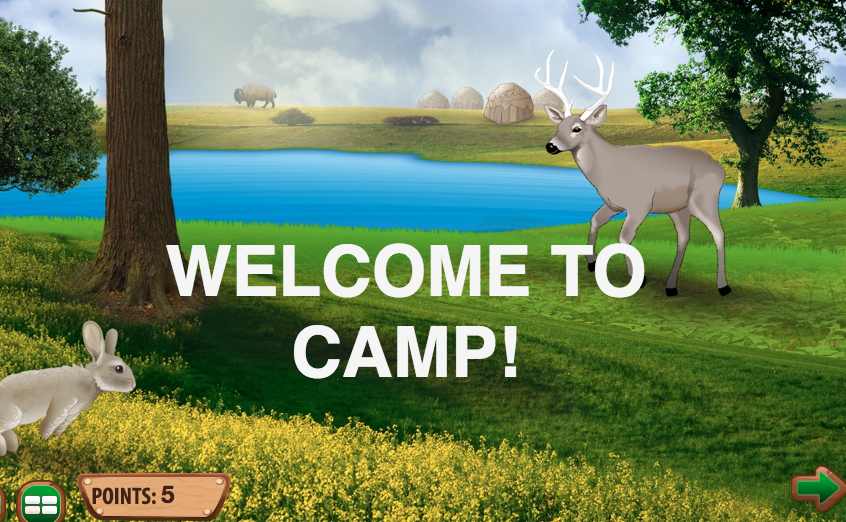
Is it Ojibwe or Ojibwa or Chippewa?
(Fun fact: There is some dispute about whether it is spelled Ojibwe or Ojibwa . We were visiting Ojibwa Indian School when it was brand new with a consultant from Turtle Mountain, Willie Davis. Looking at the beautiful gym floor with the school name spelt out in it, he said,
“You know it’s really ‘Ojibwe’, right?”
The principal said,
“Willie, do you have any idea how much this floor costs? We’re keeping it!”
This is not how the difference in spelling actually arose, no matter what Willie tells you!)
Most people we’ve met refer to themselves as Ojibwe or Ojibwa and not Chippewa, but that might just be the people we know. The official name of the tribe on the reservation where the original Fish Lake is located is “The Turtle Mountain Band of Chippewa Indians.”
Differentiated Instruction
We know that students are at a variety of levels. When teaching Ojibwe history, you can:
- Use these photos as prompts for class discussion,
- Ask students to respond to writing prompts like the example questions given above,
- Ask students to write a description of what they see in the photos. (We have found this particularly helpful for English language learners.)
- Ask students to write down their assumptions about how Ojibwe lived in the late 19th and early 20th century. After viewing and discussing the photos as a class, have students write what additional information they learned and explain how their views have changed.

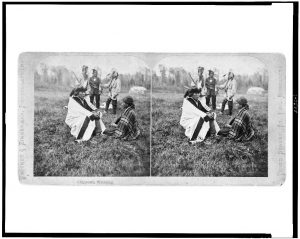
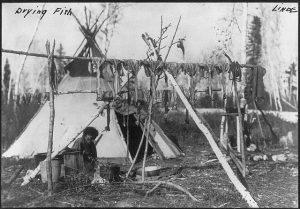
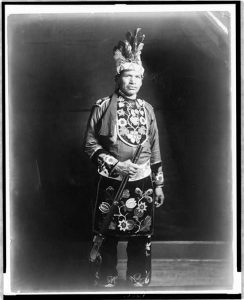
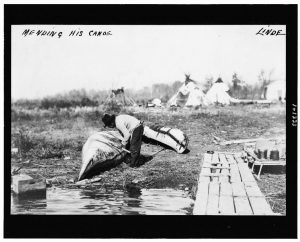
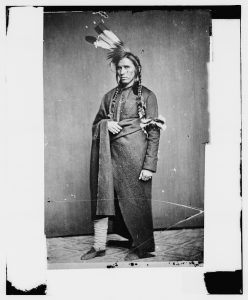
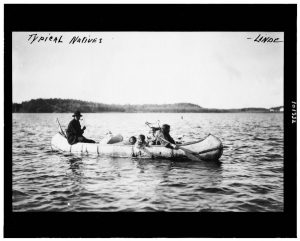
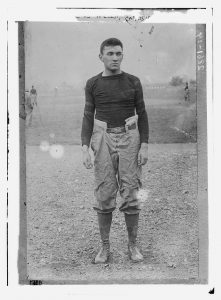
Pingback: Story of the Lost Wife - Educational Resources for Grades 3-8